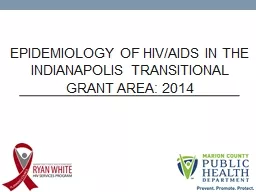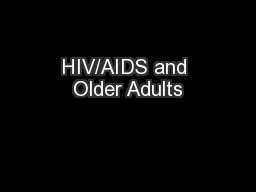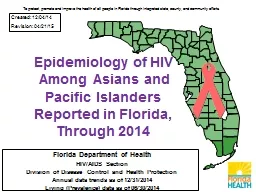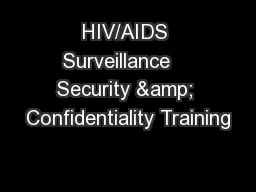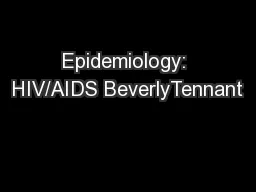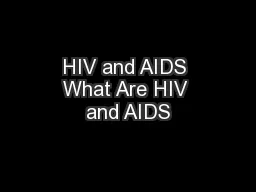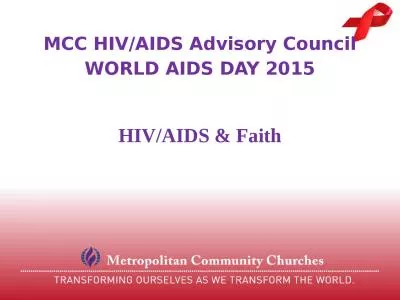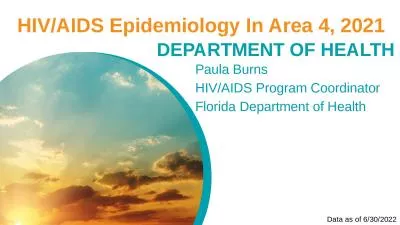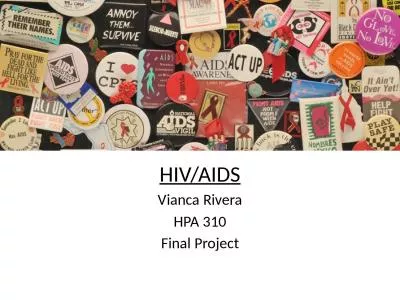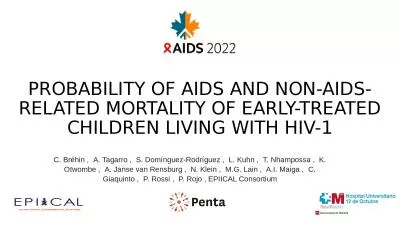PPT-Epidemiology of HIV/AIDS in the Indianapolis Transitional Grant Area: 2014
Author : eartala | Published Date : 2020-06-16
Objective To provide the Ryan White Planning Council with information necessary for priority setting Topics Epidemiology The Indianapolis Transitional Grant Area
Presentation Embed Code
Download Presentation
Download Presentation The PPT/PDF document "Epidemiology of HIV/AIDS in the Indianap..." is the property of its rightful owner. Permission is granted to download and print the materials on this website for personal, non-commercial use only, and to display it on your personal computer provided you do not modify the materials and that you retain all copyright notices contained in the materials. By downloading content from our website, you accept the terms of this agreement.
Epidemiology of HIV/AIDS in the Indianapolis Transitional Grant Area: 2014: Transcript
Download Rules Of Document
"Epidemiology of HIV/AIDS in the Indianapolis Transitional Grant Area: 2014"The content belongs to its owner. You may download and print it for personal use, without modification, and keep all copyright notices. By downloading, you agree to these terms.
Related Documents

